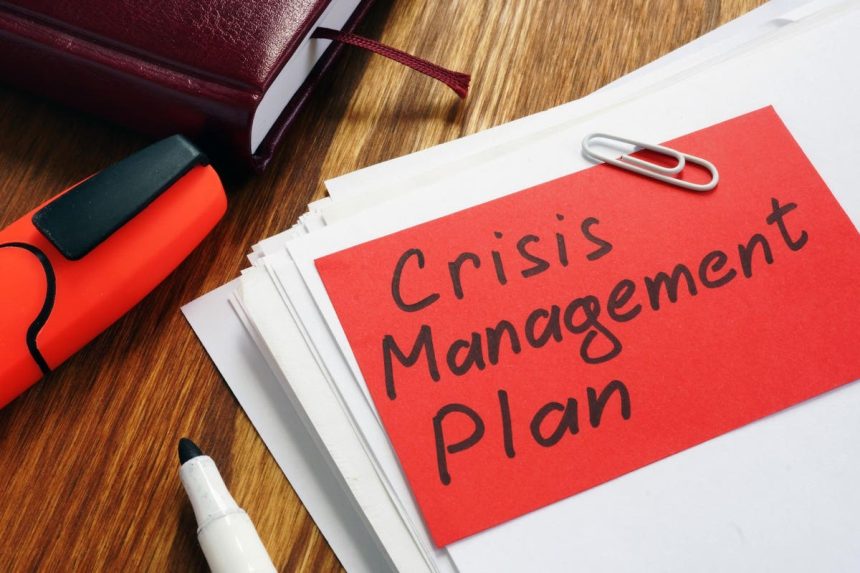Corporate executives can be lulled into a false sense of security about their readiness to respond to a crisis by assuming their company needs only one crisis management plan.
Big mistake. That is because, like a suit, one plan will not be a good fit for every crisis a company could face. Indeed, an organization’s response to a cyberattack will be different from how it reacts to litigation, strikes, or the death of its CEO.
When a disaster, scandal, or other emergency not accounted for in the basic plan occurs, organizations will waste valuable time scrambling to figure out how to manage it.
At window and door manufacturer Marvin, its in-house public relations and enterprise risk management teams work “closely on crisis plans that range from IT security to active shooter incidents, health concerns like the Covid-19 pandemic, to our aviation fleet,” Emily Chaney, Marvin’s PR director, said in a statement.
Each plan has “nuances and consideration teams can be prepared for in advance,” she noted. According to Chaney, this includes who will be contacted when a strike strikes, who will communicate with employees, and who will serve as a spokesperson with the media or stakeholders.
“A clear head is perhaps the most significant benefit to planning pre-crisis,” she concluded.
Categorize Potential Crises
The first step in preparing multiple crisis plans is to prioritize the level of different risks an organization faces.
“In dealing with potential crises, it’s crucial to categorize them according to their possible impact, target audience, and associated stakeholders,” Brenda Christiansen, CEO of Stellar Public Relations, said via email.
“My recommendation is to construct a dynamic guide with branching tiers, a structure that allows organizations to better manage varied situations,” she counseled.
‘A Fully-Stocked First Aid Kit’
Effective contingency plans will be more than just words in a document.
“Having more than one crisis management plan is akin to carrying a fully stocked first-aid kit in your car instead of just a box of band-aids,” Lakesha Cole, founder and principal publicist at ShePR, observed via email.
“By preparing multiple plans tailored to diverse scenarios, companies can promptly and aptly react, reducing the risk of substantial harm to their reputation and operations, much like using the right tool from the first-aid kit for the right injury,” she commented.
‘Different Challenges’
Even companies in the same industry or profession could face different sets of challenges than their competitors.
“Any crisis presents different challenges for different stakeholders, making a one-size-fits-all approach insufficient,” branding expert Leonard Scheiner, a branding expert who is the founder and CEO of Geek House, said via mail.
“Having multiple plans allows a company to address specific stakeholder issues and maintain trust even amid a crisis. Having predefined plans enables a rapid and efficient response, minimizing confusion and delays during what will be chaotic and trying moments,” he observed.
Different Communications
Customized crisis plans should include customized messaging for those impacted by the different emergency situations,
“Messaging should be different when communicating with employees versus customers,” Alison Walsh, public relations director at Serendipit Consulting, said via email.
“It’s also vital to have a clear line of communication regarding who exactly will be relaying important messaging during the crisis. A contingency plan is important in case someone vital to the plan is unavailable at the time of the incident,” she commented.
Geography
Depending on the nature of the company, different plans should be prepared to account for the potential of various crisis scenarios for different areas.
“For companies with multiple locations throughout the state, or even throughout the country, there may need to be plans based on location,” Walsh concluded.
Read the full article here






